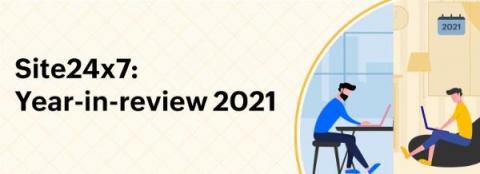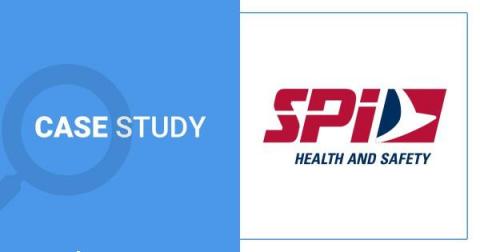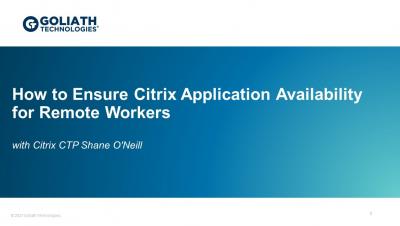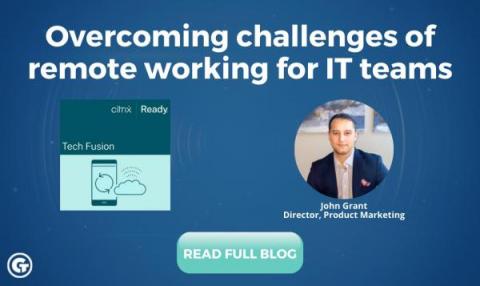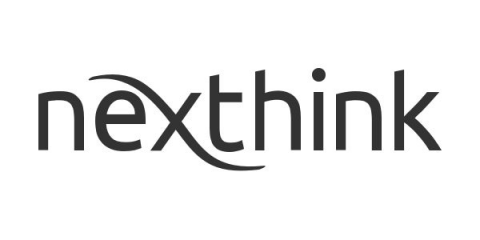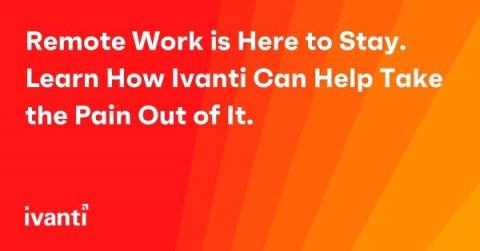2021: The new working model is hybrid
As the world is trying to regain its usual pace, we at Site24x7 have been engrossed in churning out new features to help organizations enhance the health of their IT resources and meet their evolving monitoring needs. We've drafted a summary of notable features to look back on our achievements this year. We extended our monitoring capabilities for Kubernetes, network traffic, ISP latency, VMware ESXi hardware, and Mobile APM for React Native apps.


